Motorsports often showcase sleek designs built for speed and efficiency, but some engineers have boldly stepped off the beaten path, crafting racecars that defy traditional concepts. These unique creations, ranging from minivans on icy tracks to six-wheeled Formula 1 marvels, challenge our expectations of aerodynamics and aesthetics. They not only compete but captivate with their unconventional forms, demonstrating that true innovation sometimes arrives in the most unusual packages. Join us on a journey through the world of these radical machines that have left a lasting impression on the history of racing.
Contents
Peugeot 806
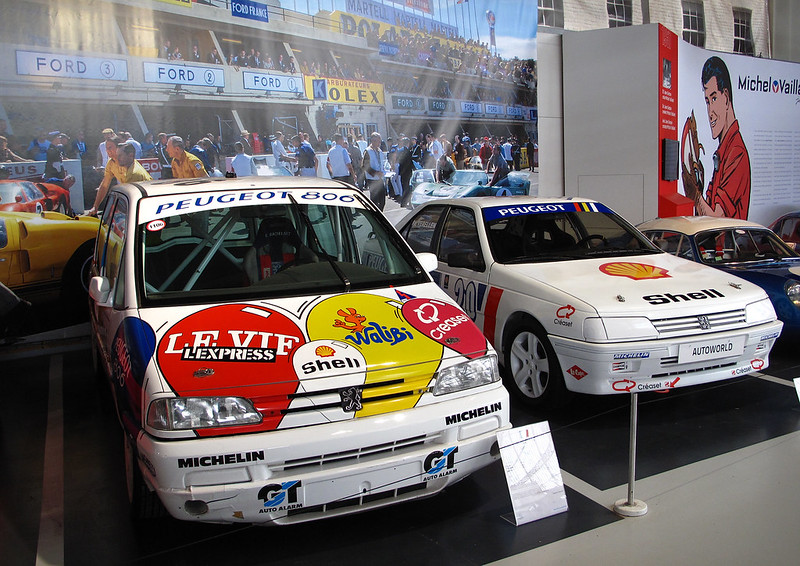
The Peugeot 806 stands out as an anomaly in racing history, being a minivan that participated in the 1995 Andros Trophy, a series known for ice racing. Its transformation into a racecar is peculiar due to its original design as a practical family vehicle. Despite retaining the high roofline, bulky silhouette, and even the sliding doors typical of a minivan, the 806 was equipped with racing modifications such as spiked tires and a robust engine setup. This bizarre combination of family van aesthetics with competitive racing capabilities made it an unforgettable and eccentric competitor on the ice-covered tracks.
Audi R18 TDI “Tail Fin”
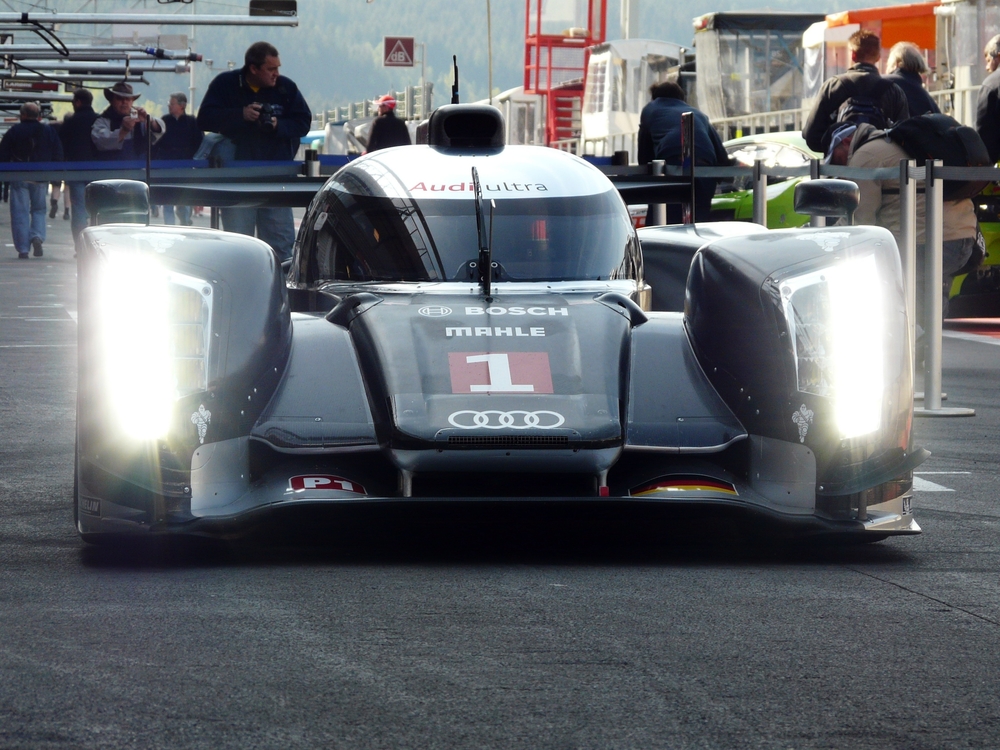
The Audi R18 TDI, introduced in 2011 for Le Mans, was a departure from typical prototype designs due to its distinctive large tail fin, which ran down the car’s spine. This feature was implemented to improve stability at high speeds, particularly in cornering and under challenging weather conditions. The radical addition of the tail fin made the R18 look more like an aircraft than a traditional racecar, providing a visual and technological spectacle that impressed fans and competitors alike.
Marcos LM600

The Marcos LM600 was a British sports car that raced in the late 1990s and was known for its extremely low and wide body, which gave it an unusual, almost flattened appearance on the track. Designed to compete in endurance racing, its radical proportions were aimed at maximizing downforce and minimizing air resistance. The LM600’s design was so extreme that it often caught the eye for its dramatic departure from more conventional sports car silhouettes, making it a memorable highlight in GT racing.
Nissan DeltaWing
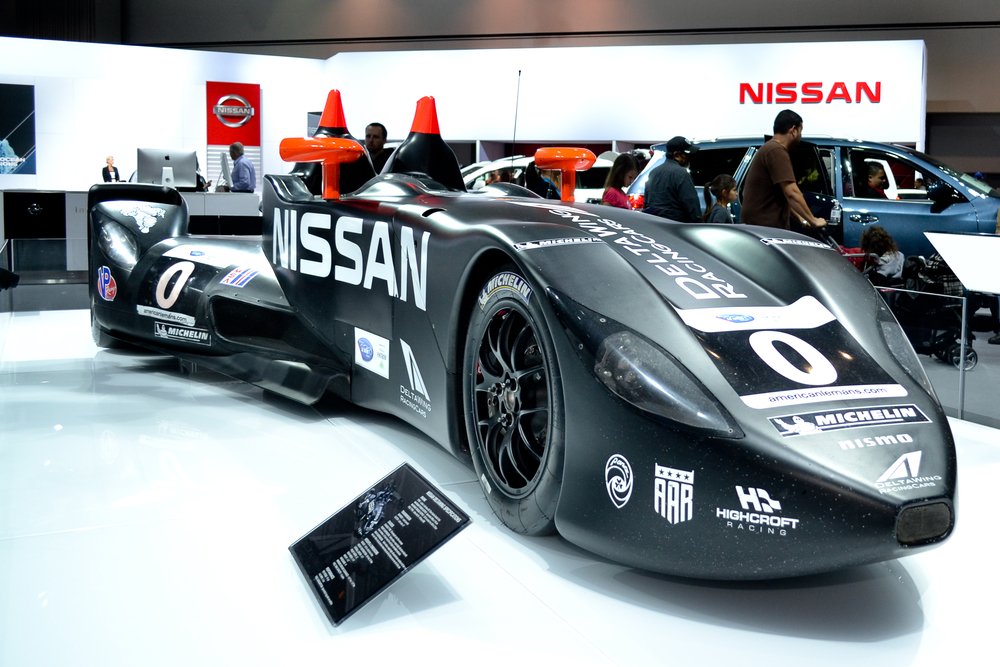
The Nissan DeltaWing, introduced at the 2012 24 Hours of Le Mans, broke all conventional design norms with its sharply pointed nose and significantly wider rear. This innovative aerodynamic approach aimed at drastically reducing drag and improving fuel efficiency, marking it as a pioneering venture into future racecar designs. Although it looked more akin to a futuristic spacecraft than a traditional racecar, its performance and unique appearance captivated fans and critics alike, proving that radical design innovations could indeed translate into viable racing performance.
Lada Granta
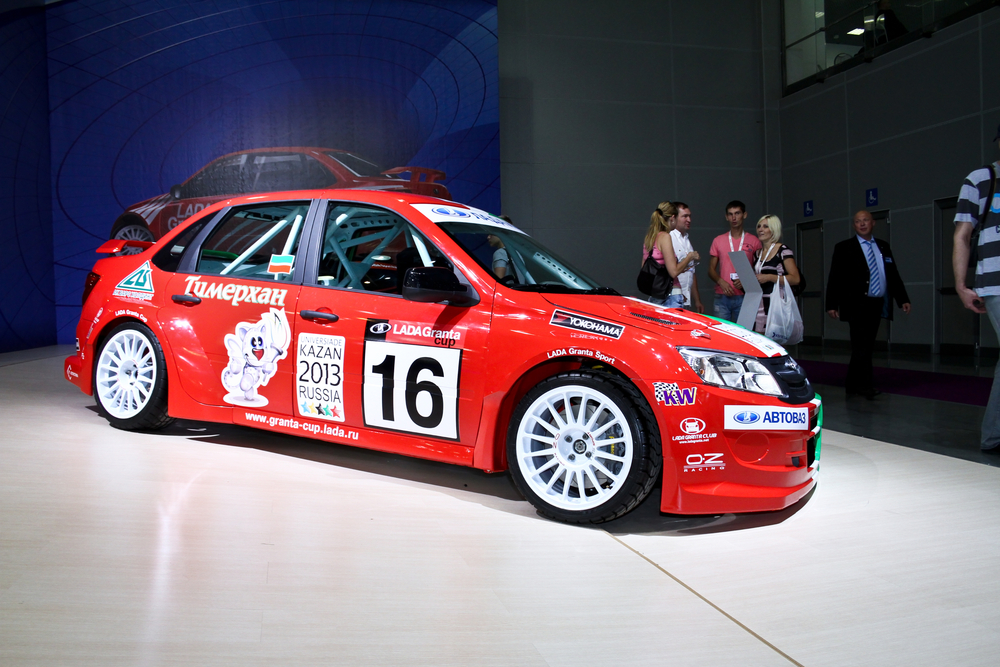
The Lada Granta Cup version, adapted from a basic compact sedan, is an oddity in the world of racecars due to its origins as an economical road car. Its transformation into a racecar involved stripping down to the essentials for weight reduction and tuning the engine for better performance. The juxtaposition of its simple, almost austere design against more aerodynamically refined racecars made it an underdog in touring car championships. Despite its modest beginnings, the Granta Cup model held its own with a spirited display on the tracks, embodying the spirit of turning the ordinary into something extraordinary.
Maserati MC12 Corsa

The Maserati MC12 Corsa was developed as a track-only version of the MC12 GT1, which itself was a rare sight in motorsports. The Corsa version was even more exclusive, with only a handful made, primarily sold to private owners for use on private tracks. Its exaggerated aerodynamic features and incredible power output made it a beast on the track, far removed from the constraints of road legality and racing regulations. The MC12 Corsa’s appearances at public events were rare but always notable, showcasing the extreme possibilities of automotive engineering and design.
Volvo 240

Known for its durability and safety, the Volvo 240 is an iconic vehicle, but its foray into racing was marked by its unusually boxy and angular design. In the 1980s and 1990s, it competed in touring car races, where its lack of aerodynamic styling was in stark contrast to the sleeker, more streamlined competitors. Despite this, the 240 proved to be a reliable and competitive racer, often outlasting other cars due to its robust build and engineering. Its success on the race track, despite its unconventional racecar appearance, demonstrated that sometimes, function could triumph over form.
Ferrari 250 GT SWB Breadvan
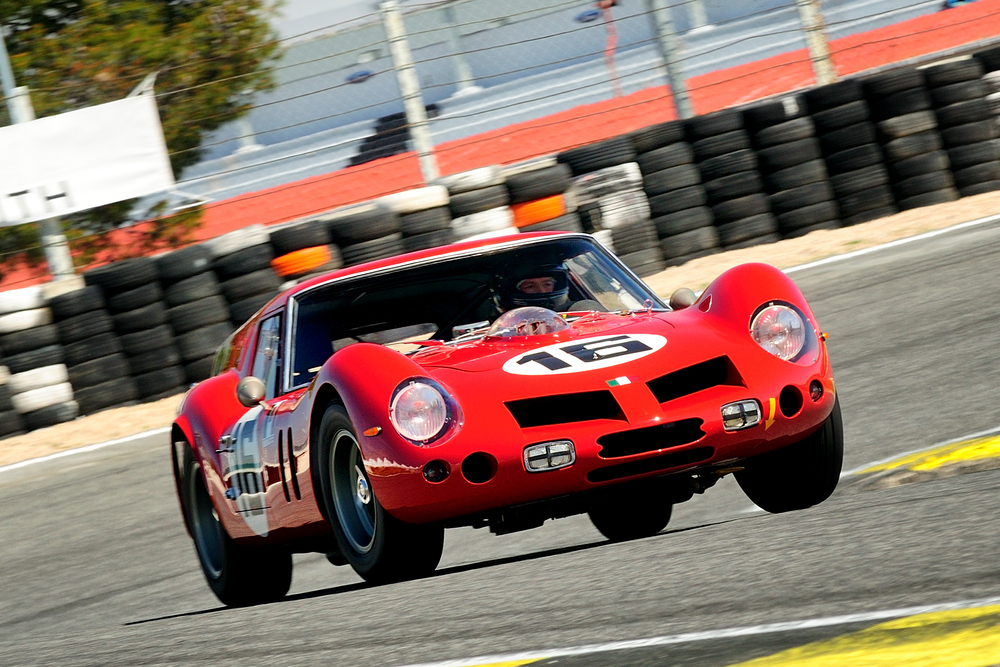
The Ferrari 250 GT SWB Breadvan is a one-off modification designed to compete against the newer 250 GTO at Le Mans in 1962. Its nickname comes from its distinctive, elongated rear which was designed to optimize aerodynamics but resulted in a peculiar, almost awkward profile that differed significantly from the sleek lines associated with Ferraris. The Breadvan’s unconventional design was a bold attempt to outpace its rivals through improved aerodynamics and, despite its unusual appearance, it left a lasting impact on the principles of racecar design.
Lotus 56B

The Lotus 56B was an experimental Formula 1 car that used a gas turbine engine, which was a radical innovation at the time. Its introduction in 1971 challenged conventional engine technologies and showcased the potential for alternative power sources in high-performance racing. The car’s design included unique aerodynamic elements tailored to accommodate the different mechanics of the turbine engine. Despite its technological advancements, the 56B’s unconventional approach faced regulatory and practical challenges, making its appearances on the track rare but memorable for its audacity and futuristic vision.
Toyota Camry NASCAR
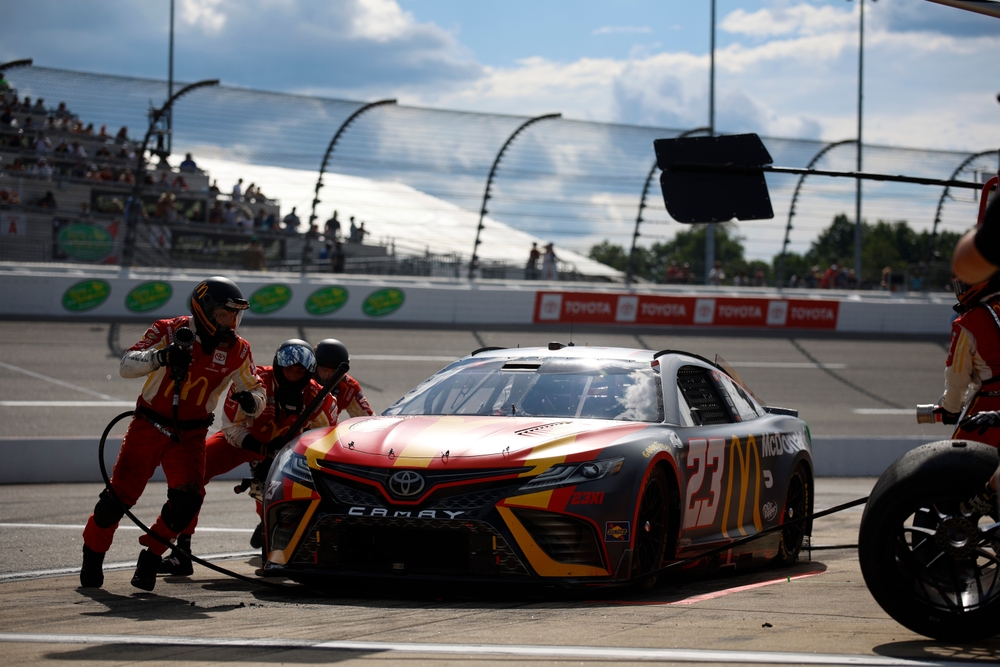
The Toyota Camry’s adaptation into a NASCAR racecar is particularly striking because of its base as a common family sedan. Underneath its familiar exterior, the car is completely rebuilt with a racing chassis, powerful engine, and aerodynamic modifications suited for high-speed oval racing. This transformation creates a stark contrast between the car’s everyday image and its high-performance capabilities on the race track, making it a fascinating study in the extremes of automotive engineering and adaptation.
Tyrrell P34
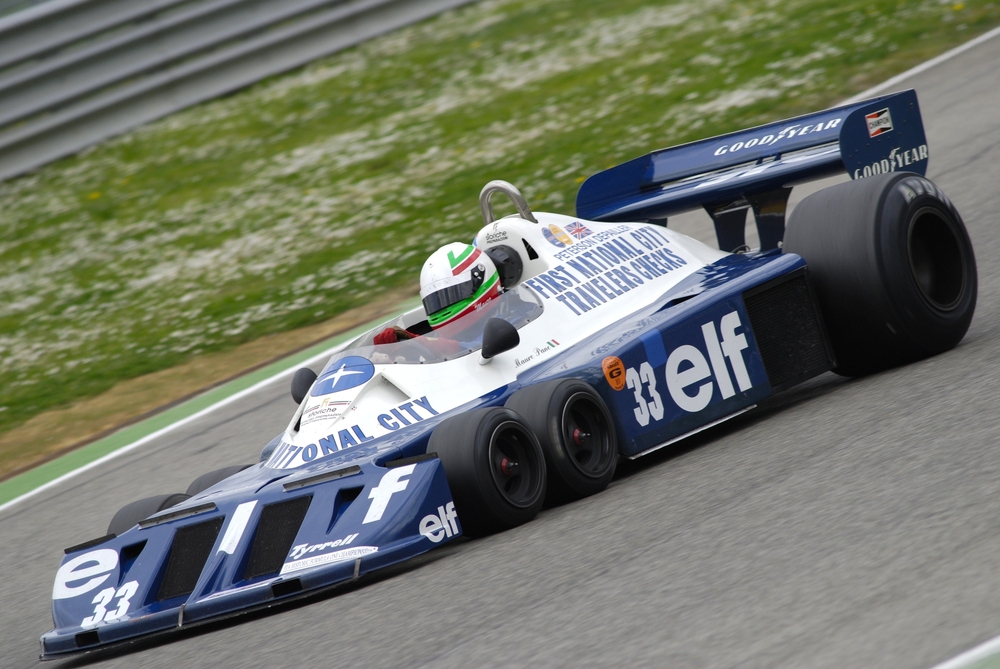
The Tyrrell P34 is famously known for its innovative six-wheel design, a unique attempt to improve grip and handling by having four small front wheels. Introduced in Formula 1 in 1976, this design was meant to reduce drag and increase the contact patch for braking and cornering, presenting a strikingly unusual visual on the track. The car managed a win and several podium finishes, showcasing the potential benefits of such radical innovation. Despite its initial success, the complexity of maintaining and developing the P34 led to its eventual discontinuation. However, its bold design remains one of the most memorable experiments in Formula 1 history, embodying a daring approach to overcoming the limitations of traditional racing paradigms.
Brabham BT46B “Fan Car”

The Brabham BT46B, known as the “Fan Car,” was introduced in the 1978 Formula 1 season by designer Gordon Murray. Its most striking feature was a large fan mounted at the rear of the car, which actively extracted air from under the chassis to create immense downforce. This feature allowed for incredible cornering speeds, leading to its domination in its debut race. However, the car was controversial due to safety concerns and debates over the legality of its design, leading to its withdrawal after just one competitive outing. The BT46B remains a legendary example of engineering ingenuity and the contentious debates it sparked in the racing community.
Porsche 917/30 Can-Am Spyder
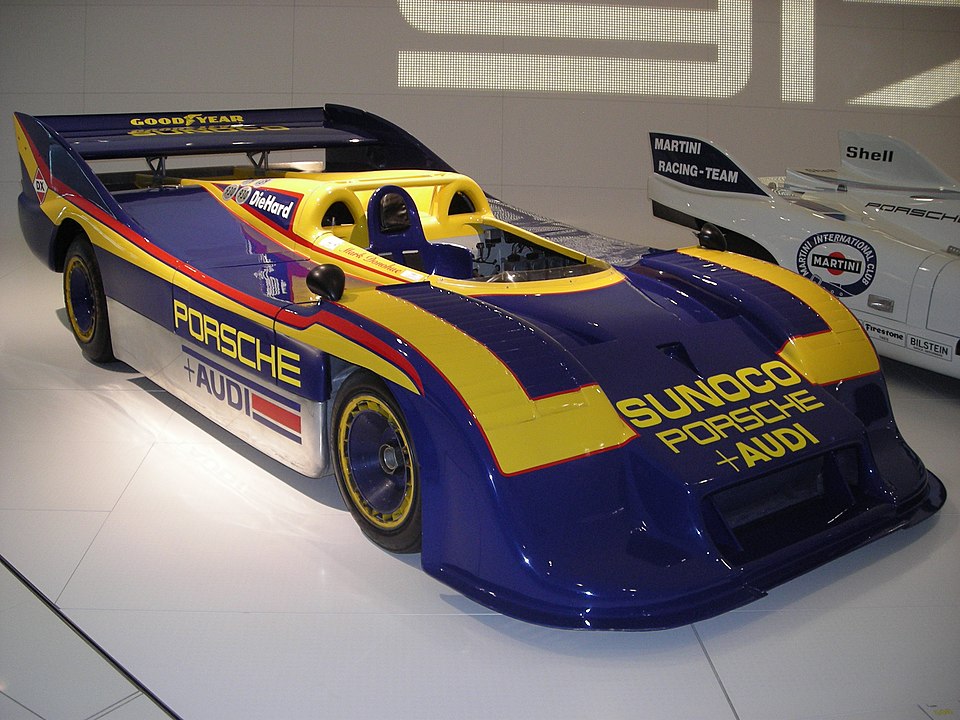
The Porsche 917/30 dominated the Can-Am series in 1973 with a combination of massive power output from its turbocharged engine and innovative aerodynamic solutions, including an adjustable rear wing. This car was so powerful and effective that it played a role in changing the rules of the series, as competitors struggled to keep up. The 917/30’s capabilities in terms of speed and maneuverability were unmatched at the time, making it not only a spectacle to behold but also a pinnacle of racecar development. Its legacy as one of the most powerful and dominating racecars ever built is still revered in the motorsport community.
Dome Zero
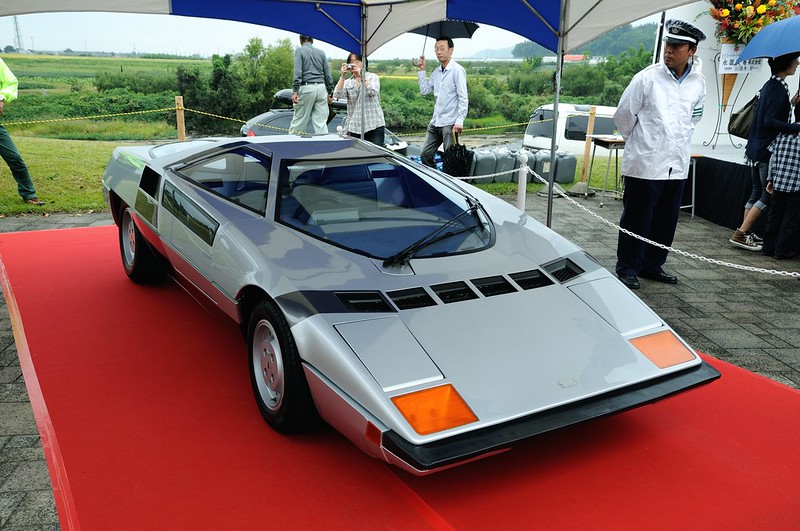
The Dome Zero was a striking Japanese prototype designed primarily for Le Mans in the late 1970s. Its futuristic, wedge-shaped design made it look like a car from another era, and it quickly became a fan favorite for its appearance alone. However, despite its eye-catching design and potential for high performance, the Zero faced numerous challenges, including failing to qualify for Le Mans and struggling with reliability issues. Its limited racing appearances and bold aesthetic cemented the Dome Zero as a fascinating example of what happens when futuristic design meets the harsh realities of motorsport.
BMW V12 LMR
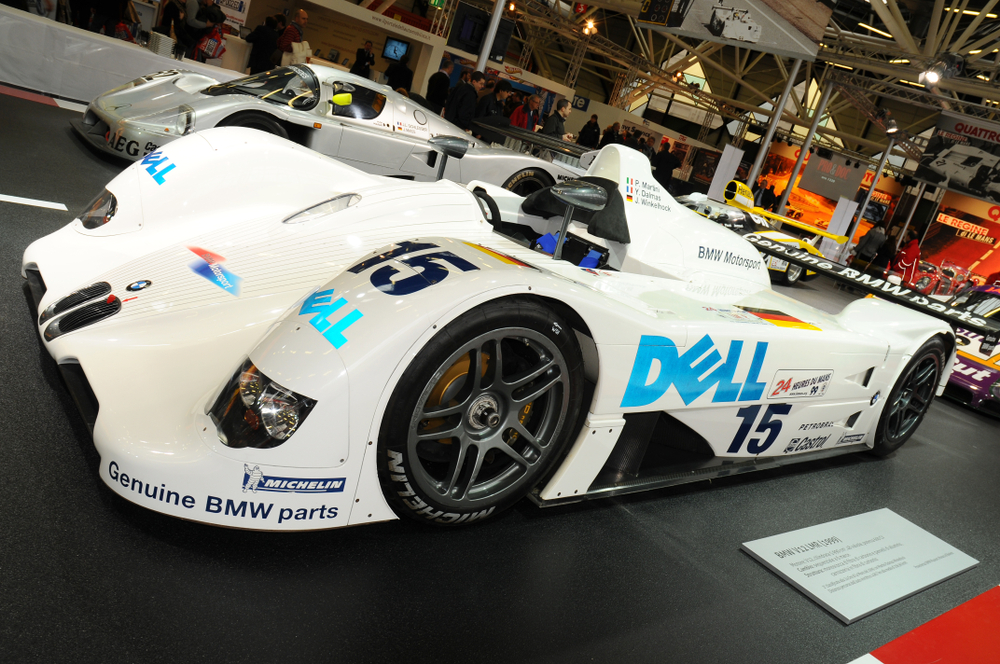
The BMW V12 LMR won the 24 Hours of Le Mans in 1999 and was renowned for its unique design, including a lengthy body and a particularly large rear wing. This design optimized aerodynamic efficiency and high-speed stability, enabling it to compete effectively against the best in endurance racing. The car’s success at Le Mans was a testament to BMW’s engineering prowess, and its distinctive design features made it a memorable and iconic racecar, celebrated for both its performance and its pioneering design elements.
This article originally appeared on MyCarMakesNoise.
More from MyCarMakesNoise
15 Car Features That Annoy Drivers the Most
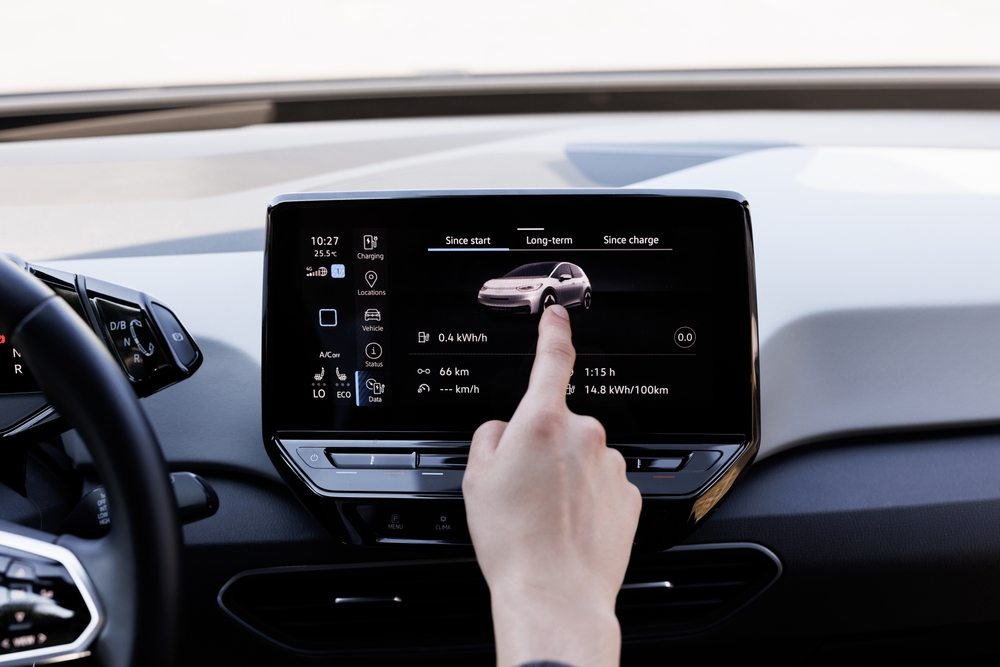
We’ve all experienced that moment when a seemingly minor car feature becomes a major annoyance during our daily drives. From touchscreens that refuse to cooperate to alarms that just won’t quit, certain car features can turn a smooth ride into a frustrating ordeal. Read More.
The World’s 20 Most Advanced Public Transit Systems

Public transportation is evolving rapidly, with cities worldwide embracing advanced technologies to make commuting faster, safer, and more efficient. From high-speed trains to autonomous buses, these innovations are transforming how we travel. Read More.
25 German Sports Cars Known for Unmatched Reliability
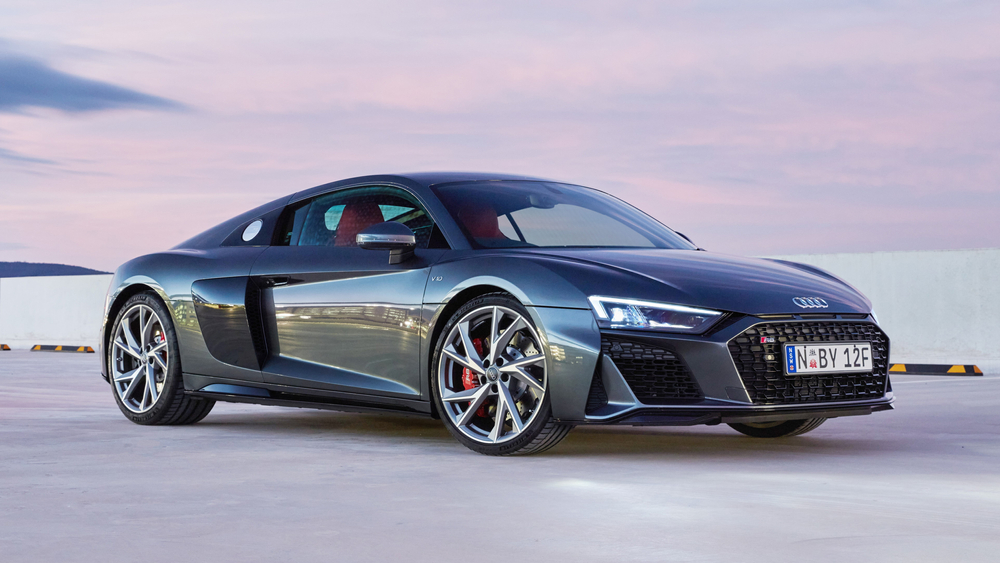
When it comes to sports cars, Germany has a well-deserved reputation for engineering excellence and reliability. In this list, we’ve compiled 25 of the most reliable German sports cars that you can count on for thrilling performance without compromising on dependability. Read More.














